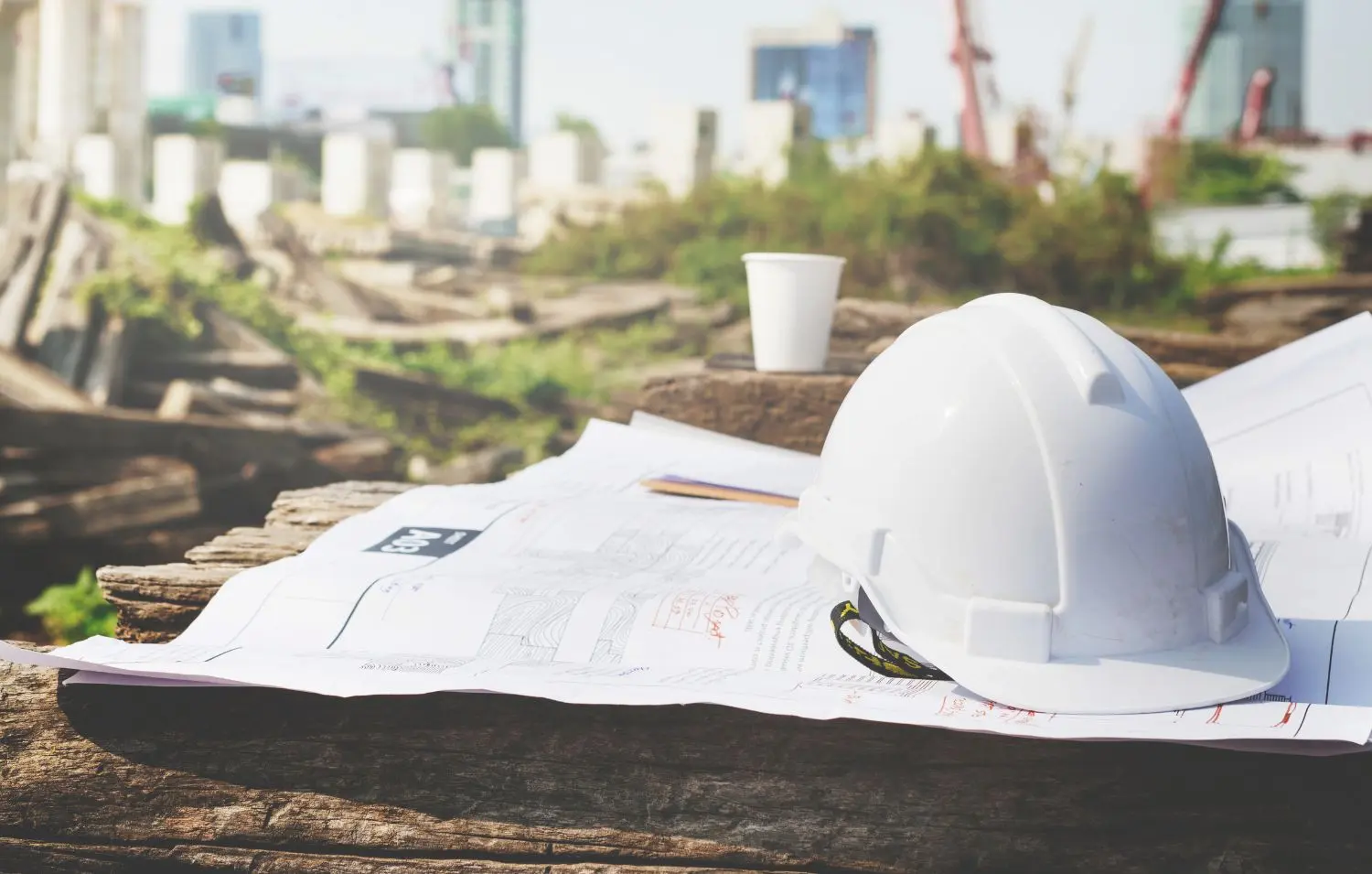The financial capital of India, Mumbai, is now going through a major transformation in areas like infrastructural projects, improved connectivity, and housing projects. According to the data, more than 25000 residential complexes in Mumbai should be redeveloped. This data represents that the city requires redevelopment for a better tomorrow.
Even the land in Mumbai is limited, so redevelopment is the only option to build more homes to meet the demand of the growing population. Redevelopment will also boost the sense of community, a better standard of living, and access to basic facilities and amenities.
Table of Contents
What is Redevelopment in Mumbai?
Redevelopment is the process of tearing down old buildings and erecting new ones that adhere to contemporary building codes. It will be one of the most significant changes to the Mumbai real estate market in 2025. High-rise towers that provide better amenities, more space, and increased safety are replacing buildings that are 30 to 40 years old in many places.
This helps to revitalize entire communities in addition to increasing the number of housing units available. Developers, homeowners, and the city all benefit.
Why the Focus Is on Mumbai's Micro-Markets
Mumbai is divided into multiple micro-markets, which are different areas, from the real estate point of view, due to its distinct buyer behaviour and pricing patterns. Some of these areas in Mumbai include:
Many of these neighborhoods have deteriorating infrastructure and aging buildings because they were developed decades ago. Redevelopment is revitalizing these communities by establishing:
-
Contemporary apartment buildings
-
Improved drainage and roads
-
More open spaces and green spaces
-
Availability of eco-friendly features and smart technology
Emerging Trends in Housing in Redeveloped Micromarkets
Smart homes, gated communities, energy-efficient systems, and convenient access to highways, metro stations, and work centers are among the features that today's homebuyers are seeking. These needs are satisfied by the micromarket redevelopment in Mumbai, which provides:
-
CCTV and high-speed elevators
-
Pools, gyms, and clubhouses
-
Solar panels and the collection of rainwater
-
Plans for floors that adhere to Vastu
Many new residential developments in Mumbai now come with these features as standard. Due to space limitations, standalone new construction would not be feasible in central locations, but redevelopment makes this lifestyle possible.
Infrastructure Projects' Contribution to Redevelopment
Mumbai's ongoing and upcoming infrastructural projects are essential to the city's redevelopment boom. Among them are:
1. Coastal Road Project in Mumbai
-
Links Kandivali and Marine Drive together
-
Decrease your travel time to the western suburbs and South Mumbai.
-
Makes redevelopment in places like Bandra, Vile Parle, and Juhu more appealing.
2. Phase 3 of the Mumbai Metro
-
Aarey Colony and Cuffe Parade are connected.
-
Enhances access to Goregaon, Dadar, Andheri, and Lower Parel
-
Increases the demand for residences close to metro corridors
3. Mumbai Trans Harbour Link (MTHL)
-
Links Navi Mumbai and Mumbai
-
Significantly cuts down on commute time
-
Makes Wadala, Panvel, and Chembur high-potential areas.
The locations that were previously considered beyond reach are now becoming more accessible via extensive networks and infrastructural projects. Hence, in 2025, it is estimated that the real estate investments in Mumbai’s regions will rapidly grow.
Advantages of Redevelopment for Investors, Tenants, and Homeowners
✅ For Homeowners:
-
Modern, larger apartments without having to spend more money
-
Increased market value and resale value
-
Improved conveniences for lifestyle and safety
✅ For Tenants:
-
Temporary housing during construction that is covered by the builder
-
The entitlement to go back to a better house in the same neighborhood
✅ For Real Estate Investors:
-
Capital appreciation yields a high return on investment (ROI).
-
Consistent rental income from prime, well-connected locations
-
Demand from families and working professionals
More societies are choosing to self-renovate or collaborate with reputable builders as a result of these advantages in 2025.
The difficulties associated with redevelopment and the need for holistic planning
In addition to its benefits, Mumbai's redevelopment has disadvantages, including:
-
Delays for regulatory approval and permission
-
Developers' and landlords' disputes
-
Infrastructure overcapacity in areas that are already crowded
-
Lack of affordability for lower-income groups
Addressing these issues requires a balanced approach to urban development from authorities and developers, which entails:
-
Modernizing road, sewage, and water supply infrastructure
-
Including units of affordable housing in rehabilitation projects
-
Making certain that all parties involved receive fair compensation and timely completion
-
Sustainable development using green building methods
Mumbai's Redevelopment Future (2025 and Beyond)
The future of Mumbai's real estate market will be shaped by redevelopment over the next ten years. Developing urban ecosystems—neighborhoods that promote happy, healthy, and connected lifestyles will become more important than merely constructing homes.
We can anticipate:
-
Smarter buildings that integrate technology
-
Mixed-use projects that blend commercial and residential areas
Walkable micro-markets with open areas and improved public transportation
Conclusions
In 2025, Mumbai is being redefined through redevelopment. It is creating lively, contemporary communities out of outdated, claustrophobic areas. Thanks to significant infrastructure investments, increased demand for better housing, and government support, Mumbai's micromarkets are quickly becoming world-class urban areas.
Homebuyers have the chance to upgrade to smarter homes. Investors have the opportunity to put money into rapidly expanding real estate markets. It's also a step in the direction of making Mumbai a more inclusive, sustainable, and livable city.

